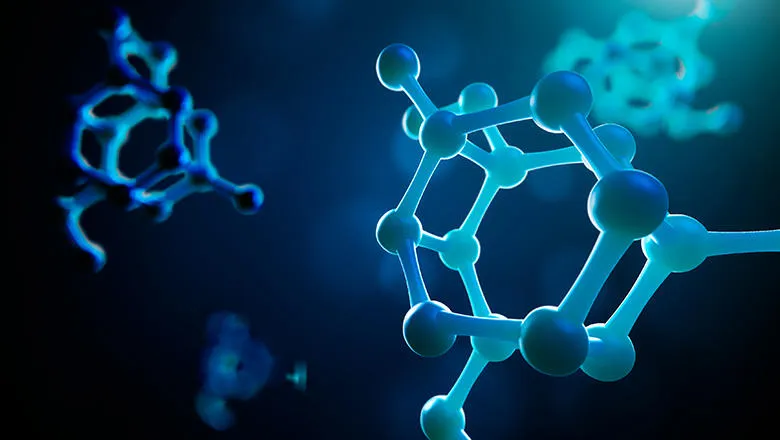Latest Developments in Polymers: Cutting-Edge Technology
Using the Power of Polymers: Comprehending the Comprehensive Usages and Favorable Effects
Polymers, with their diverse chemical frameworks and buildings, have become crucial in many industries, changing the method we interact with products daily. From the product packaging that safeguards our food to the fibers that dress us, the applications of polymers are vast and differed. But past their ubiquitous visibility lies a much deeper understanding of their positive influences, reaching much beyond simple convenience. As we explore the substantial uses of polymers and their function fit a much more lasting, efficient, and ingenious future, it comes to be apparent that their possibility is as vast as the molecules themselves.
Convenience in Everyday Products
One of the most typical uses of polymers is in product packaging materials. Furthermore, polymers play a vital function in the automobile industry, where they are made use of in making lightweight components that boost gas efficiency.
Naturally degradable polymers are made use of in sutures and implants, minimizing the risk of unfavorable responses in patients. In the building sector, polymers are incorporated into paints, adhesives, and insulation products, boosting sturdiness and power efficiency.
Sustainability in Material Innovations
With the continuous focus on ecological consciousness and resource effectiveness, the emphasis changes towards sustainability in material advancements, mirroring a growing commitment to responsible manufacturing methods throughout numerous industries. In the last few years, there has been a significant rise in the growth of lasting products, particularly within the realm of polymers. These innovative materials are developed to lessen ecological influence throughout their whole lifecycle-- from sourcing basic materials to disposal or recycling.
One substantial facet of sustainability in product technologies is the concept of biodegradability. Biodegradable polymers have garnered focus for their capacity to damage down normally right into safe by-products, minimizing waste and contamination. Furthermore, the use of recycled polymers stemmed from post-consumer or post-industrial sources is acquiring traction as a means of advertising a round economic situation and lowering dependence on virgin products.

Enhancing Performance in Design
Enhancing performance in engineering requires a meticulous integration of advanced modern technologies and accurate methods to enhance capability and efficiency in numerous industrial applications. Polymers play a vital duty in this undertaking, providing a wide variety of benefits that boost the efficiency of design materials and elements.
One key facet of boosting efficiency in engineering is the capacity of polymers to improve durability and toughness. By integrating polymers right into design designs, makers can develop light-weight yet robust frameworks that can endure high degrees of tension and strain. This particular is particularly important in sectors such as aerospace, automobile, and building, where the demand for solid yet lightweight materials is extremely important.
Moreover, polymers can also improve efficiency by offering thermal and chemical resistance, lowering friction, and improving electric conductivity. These residential properties make polymers optimal for a vast range of engineering applications, consisting of seals, about his bearings, finishings, and electronic parts. Polymers. By utilizing the special homes of polymers, designers can optimize the efficiency of their layouts and create a lot more reliable and reputable items
Influence On Medical Improvements
Polymers have actually played a vital function in contemporary medical improvements, ranging from medication delivery systems to tissue design. One of the vital locations where polymers have actually made a significant effect is in the advancement of naturally degradable sutures and implants.
Moreover, polymer-based materials are significantly being made use of in clinical gadgets such as catheters, stents, and prosthetics due to their biocompatibility and versatility. As an example, polymer layers on clinical gadgets our website can avoid infections and improve total individual results. Additionally, innovations in nanomedicine have actually enabled the usage of polymer nanoparticles for targeted medication delivery, boosting the effectiveness and decreasing adverse effects of different medications
Duty in Environmental Conservation

Additionally, polymers are made use of in water therapy processes, assisting in the filtration and recycling of water resources. This helps in minimizing water air pollution and guaranteeing accessibility to clean water for both human usage and ecological health. Polymers likewise play a duty in agriculture through the growth of eco-friendly mulches and controlled-release fertilizers, advertising lasting farming practices.
Final Thought
In final thought, polymers have shown to be a flexible and vital material in different industries, from everyday products to design and clinical innovations. Recognizing the substantial usages of polymers highlights their significance in driving development and progress in multiple areas.